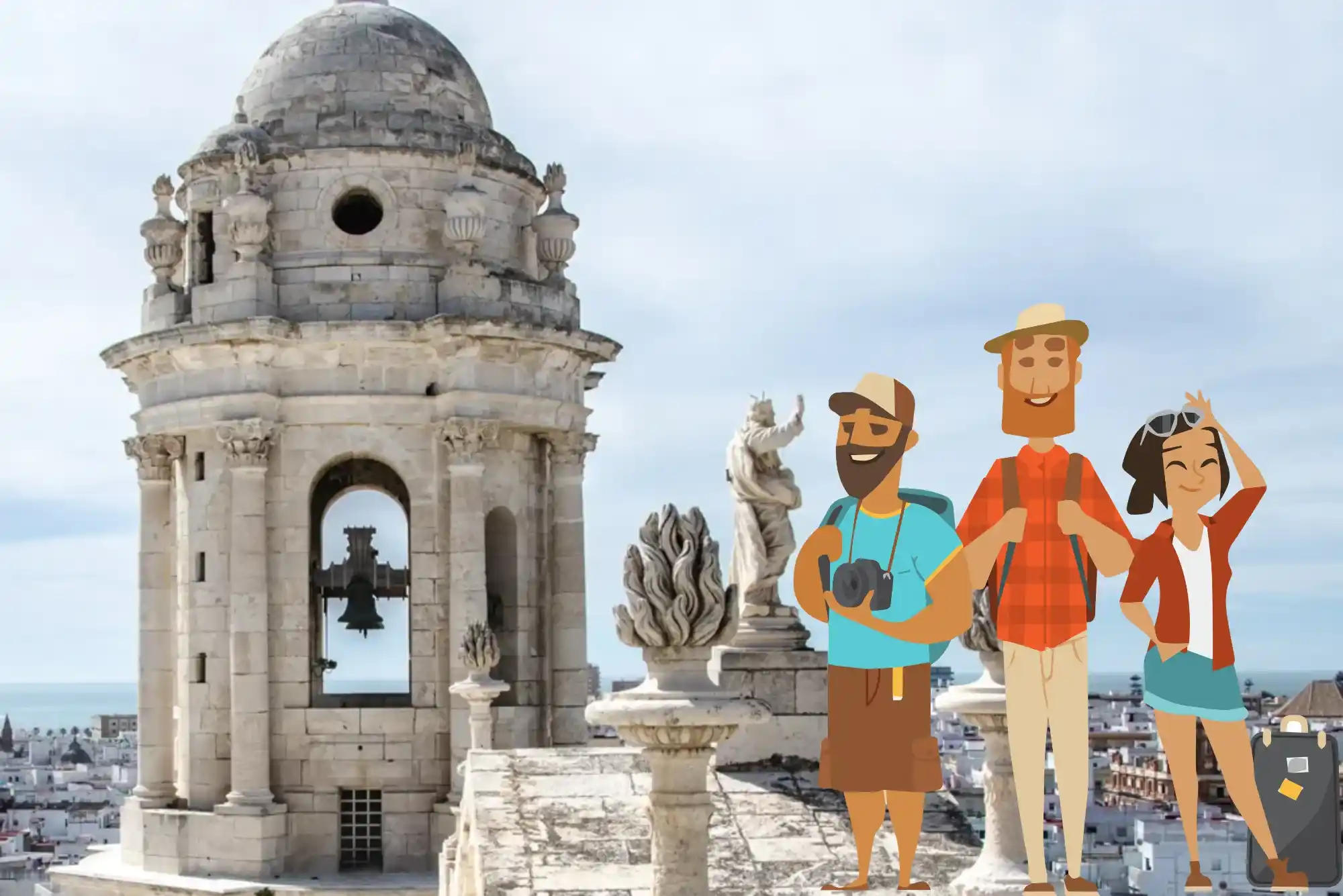The Ancient Beginnings of Cádiz
Cádiz, one of the oldest continuously inhabited cities in Europe, boasts a history that dates back over 3,000 years. Founded by the Phoenicians around 1100 BCE, this coastal gem was originally known as Gadir. Its strategic location on the Atlantic coast made it a vital hub for trade and cultural exchange. The Phoenicians established Cádiz as a trading post, connecting the Mediterranean with the Atlantic and beyond. This early period laid the foundation for the city’s rich and diverse history.
Roman Influence and the Rise of Gades
Under Roman rule, Cádiz, then called Gades, flourished as a significant port city. The Romans recognized its importance for maritime trade and integrated it into their vast empire. Gades became renowned for its salted fish and garum, a fermented fish sauce highly prized in Roman cuisine. The city also saw the construction of impressive Roman architecture, including an amphitheater and aqueducts, remnants of which can still be explored today. For those interested in delving deeper into this era, a Free tour Cádiz offers a fascinating glimpse into its Roman past.
The Moorish Era: Al-Andalus and Cádiz
With the fall of the Roman Empire, Cádiz entered a new chapter under Moorish rule. From the 8th to the 13th century, the city became part of Al-Andalus, a region known for its cultural and scientific advancements. The Moors introduced new agricultural techniques, architectural styles, and a vibrant intellectual culture. Cádiz, though smaller in prominence compared to other Andalusian cities like Córdoba and Granada, played a crucial role in the maritime activities of the Islamic Caliphate. The influence of this period is still evident in the city’s architecture and cultural traditions.
The Age of Exploration: Cádiz as a Gateway
The 15th and 16th centuries marked the Age of Exploration, and Cádiz emerged as a pivotal gateway to the New World. Christopher Columbus set sail from nearby ports, and the city became a bustling center for trade and exploration. Cádiz’s strategic location made it a key player in Spain’s colonial ambitions, connecting Europe with the Americas. The wealth flowing through its ports during this period transformed the city into a vibrant and cosmopolitan hub.
The Golden Age and the Cádiz Constitution
By the 18th century, Cádiz had reached its Golden Age. The city became the epicenter of Spain’s trade monopoly with the Americas, leading to immense prosperity. This period also saw the construction of iconic landmarks such as the Cádiz Cathedral, a stunning example of Baroque and Neoclassical architecture. In 1812, Cádiz played a pivotal role in Spanish history as the birthplace of the Cádiz Constitution, one of the first liberal constitutions in Europe. Visitors can explore this legacy through a Free walking tour Cádiz, which highlights the city’s revolutionary spirit.
Modern Cádiz: A Blend of History and Culture
Today, Cádiz is a city that seamlessly blends its historical heritage with modern charm. Its narrow streets, vibrant plazas, and stunning coastline attract visitors from around the world. The city’s annual Carnival, one of the most famous in Spain, showcases its lively and creative spirit. From ancient ruins to contemporary art, Cádiz offers a unique journey through time for every traveler.
Conclusion: Lessons from Cádiz’s History
The history of Cádiz is a testament to the resilience and adaptability of its people. From its Phoenician origins to its role in shaping modern Spain, the city has continually reinvented itself while preserving its rich heritage. Today, Cádiz serves as a reminder of the importance of cultural exchange, innovation, and community. Whether you’re exploring its ancient ruins or enjoying its vibrant festivals, Cádiz invites you to connect with its past and draw inspiration for the future.







